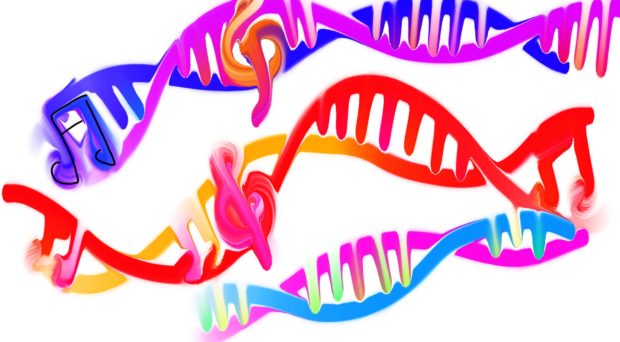More than a millennium ago in what’s now southeastern Sweden, a wealthy Viking warrior was laid to rest, in a resplendent grave filled with swords, arrowheads, and two sacrificed horses. The site reflected the ideal of Viking male warrior life, or so many archaeologists had thought.
New DNA analyses of the bones, however, confirm a revelatory find: the grave belonged to a woman.
The study, published recently in the American Journal of Physical Anthropology, sends ripples of surprise through archaeologists’ understanding of the Vikings, medieval seafarers who traded and raided across Europe for centuries. (Explore how Vikings really lived in National Geographic magazine.)
Watch a young viking learn how to identify the proper tree to build a ship, nail the craft together, and set off on a journey around Europe.
“It was held up before as kind of the ‘ideal’ Viking male warrior grave,” says Baylor University archaeologist Davide Zori, who wasn’t involved with the research. “[The new study] goes to the heart of archaeological interpretation: that we’ve always mapped on our idea of what gender roles were.”
Viking lore had long hinted that not all warriors were men. One early tenth-century Irish text tells of Inghen Ruaidh (“Red Girl”), a female warrior who led a Viking fleet to Ireland. And Zori notes that numerous Viking sagas, such as the 13th-century Saga of the Volsungs, tell of “shield-maidens” fighting alongside male warriors.
But some archaeologists had considered these female warriors to be merely mythological embellishments—a belief colored by modern expectations of gender roles.
ASSUMED MALE
Since the late 1880s, archaeologists had viewed the “Birka warrior” through this lens; textbooks had listed the grave as belonging to a man, but not because the bones themselves said so. Since the remains were found alongside swords, arrowheads, a spear, and two sacrificed horses, archaeologists had considered it a warrior’s grave—and, thus, a man’s.
As National Geographic magazine reported in its March 2017 cover story on Vikings, that all changed when Stockholm University bioarchaeologist Anna Kjellström closely examined the warrior’s pelvic bones and mandible for the first time. Their dimensions appeared to match those typical of a woman.
PHOTOGRAPH BY DAVID GUTTENFELDER, NATIONAL GEOGRAPHIC
Kjellström’s analysis, presented at a conference in 2014 and published in 2016, didn’t make much of a public splash, and some archaeologists pushed back. Since excavation of the gravesite had occurred more than a century ago, perhaps the bones had been mislabeled, a problem with other nearby graves? Maybe the skeleton had been jumbled up with other people’s bones?
In response, a team led by Uppsala University archaeologist Charlotte Hedenstierna-Jonson doubled back to the bones and extracted two types of DNA. The person’s mitochondrial DNA, passed down from mother to child, would determine whether the bones represented one or multiple people. Fragments of the warrior’s nuclear DNA would reveal biological sex.
The results were clear: The team didn’t detect any Y chromosomes in the bones, and the mitochondrial DNA from the various bones all matched. The remains represented one person—and that person was a woman.
Hedenstierna-Jonson and her colleagues say that the woman was likely a warrior—and a respected tactician, at that. “On her lap she had gaming pieces,” said Hedenstierna-Jonson in a previous interview. “This suggests that she was the one planning the tactics and that she was a leader.”
VIKING LIFE
Zori, for one, remains fascinated by what the discovery says about Birka, the Viking-age trading settlement where the woman was buried. Home to one of the largest, best-known Viking burial grounds, the site was also a thriving trading hub, flush with Byzantine and Arab silver from the sale of furs and slaves sent down the Dnieper and Volga rivers.
[“Source-timesofindia”]









